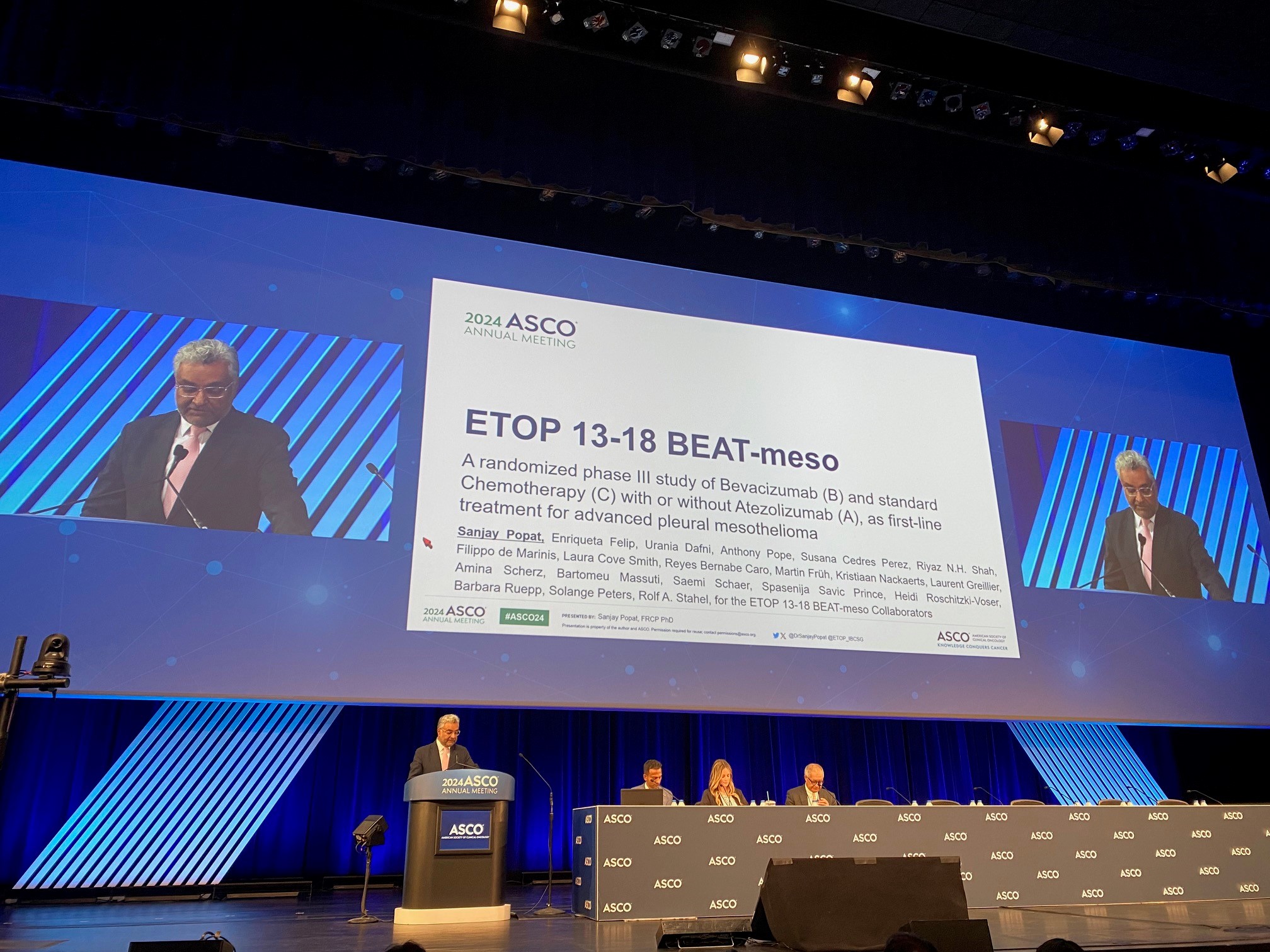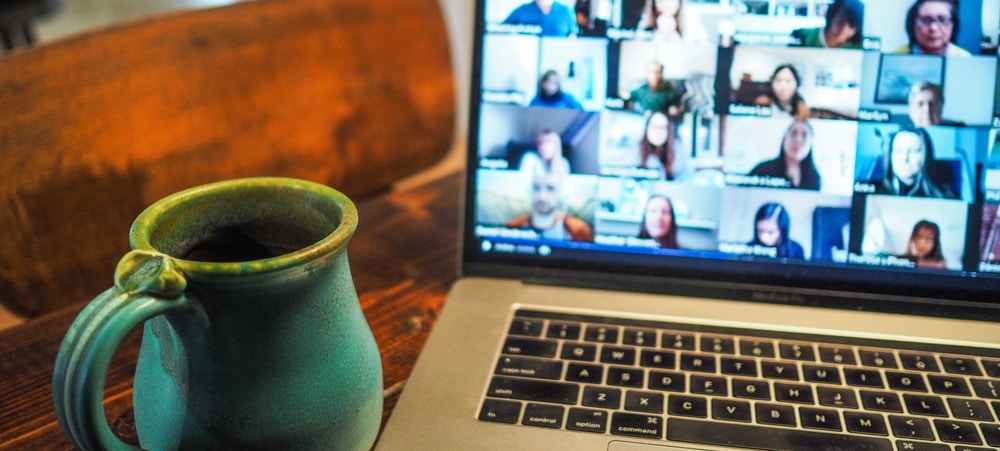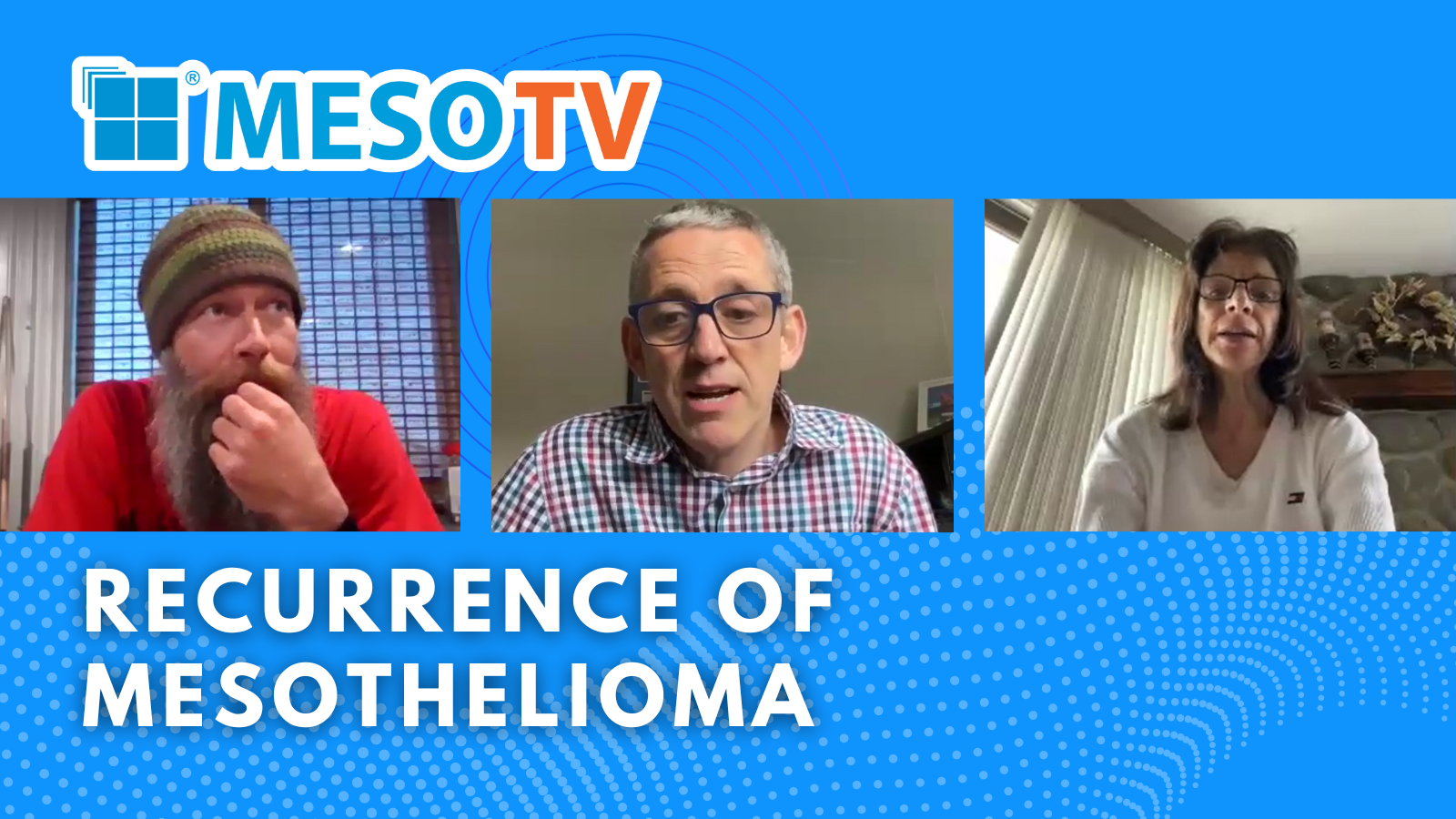I’ve had a chance to gain some distance and perspective over my latest CAT scan results. While they are not horrible, they are certainly not what I had been hoping for, and I find myself right smack back at Square One, wondering what on earth it takes to vanquish this enemy, mesothelioma.
Since my recurrence in late 2007, and my subsequent problems resulting from Alimta, pleurodesis, and the long-term consequences of EPP, I had dived into the realm of complementary therapies in search of results that could produce a positive response without all the negative side effects that so often stem from aggressive conventional treatments. I read everything I could get my hands on, studying the regimens followed by those who claimed to have been cured without resorting to surgery, chemotherapy or radiation. What, I wondered, was the magic element, the common thread that would benefit more than just an isolated patient here and there?
I had hoped, after nearly a year of trying, to be rewarded with a CAT scan demonstrating regression of positive lymph nodes and pleural thickening, and to be able to tell others “here is something you can do that will help.” Instead, I find myself still asking the same question we all ask: “What works, and what doesn’t?”
Probably one of the most frustrating aspects of cancer in general, and meso in particular, is that there is of yet, no one right path to take when it comes to treatment. While science has made impressive inroads with other cancers and other diseases, meso remains in its infancy as far as clinical knowledge is concerned. In the 30 years I’ve been involved in medicine, I’ve seen once deadly malignancies yield their secrets. Breast cancer, leukemia and lymphoma patients can now avail themselves of some predictive information that lets them choose the treatment option that will be most likely to result in success. But that knowledge has taken years – indeed, my entire career to date – to achieve. We still have a long way to go before meso can be predicted with any such surety.
The current choices in mesothelioma are endless and agonizing. Do I have surgery or not? If I do have surgery, should I have an aggressive resection, or try to spare as much organ tissue as possible? Should I have chemotherapy, and if so, for how long? Do I stop when my disease seems stable, or continue ad nauseum for fear that it might recur if I don’t? If I fail one chemotherapy regimen, should I try another? And another? And another? Should I have radiation?
Worst of all is the question one finds themselves asking when all conventional therapies have been exhausted – what’s left to try? Is there anything I can do?
And when you’ve done everything you could – including things that seemed to work for others – and gotten no results and now you’re left with, well, nothing. Do you give up? How do you give up? When do you give up? When is enough enough, and how many stones do you turn over looking for that one shot in a million?
I’m certain these are questions faced by people in all sorts of positions – certainly, people with other cancers, other diseases. It just seems that with meso, there are questions after questions after questions, and few answers that can give you a sense of truly firm footing. So how do we all walk forward, each day, caregivers and patients alike, with any degree of sustained sanity, hope or humor, across this minefield meso?
Certainly, we walk it together, sharing what we can. Ultimately, though, meso is a disease of an individual, and not of a group. Each of us is dealing with a disease that behaves in its own particular manner, with shades of differences despite the apparent similarities. We all share in a pool of common symptoms, yet not all in the same combinations. We share common treatments but not common responses. Timeframes vary, as do life spans, regressions, progressions…
As my own disease progressed from the more straightforward to the more convoluted, and the treatments with it, I longed for a simple answer, and found myself once more wondering about those rumored to have halted meso in its tracks by diet and supplements and meditation, or by going to the Bahamas for 8 weeks to the ITL clinic. I talked to a lot of clinic patients, and found a modest number who credit the program with a survival of 6 or 10 years (or more in some cases). Many – all though not all – had at least some conventional treatment prior to going to the clinic. There are a rare few who seem to have escaped all the drastic bodily assaults so many of us endure to stay alive and who look and feel healthy and whole. And there are just as many and more, for whom the treatment failed to produce results. Even the director, to whom I spoke at length, admits they “do better with peritoneal survivors than pleural”, and that their “usual best” is about 6-10 years. It ends up being no better than the odds with conventional treatment, but it does have the initial appeal of seeming less like a medieval torture than surgery and chemo and radiation.
I spoke with one very open ITL clinic patient who said she felt “ashamed that people would think I was looking for an easy out – a way not to have to go through surgery and chemo like other people.” Well, hell – what’s wrong with that? That’s what I’d like too – any one of us would! Our life redeemed at the cost of two months in the Caribbean, a good chunk of cash, and a regime of self-injections and intermittent IVs. Not too odious a ransom to pay I don’t think.
Except it doesn’t work for everybody. Whatever they are doing down there at ITL (and there’s a great deal of controversy and question about it) at the very best, they may be revving up the immune system. Unfortunately, a myriad of clinical studies have shown that such revved up activity does not translate directly to tumor destruction in patients. And there doesn’t seem to be any way to tell which patients it perhaps helps, and which it doesn’t. That kind of odds you can get without the air fare to the Bahamas. You can rev up our immune system right in your home town like I did and see what happens. But will it work for you and your meso? Will it help?
That’s the dance. Round and round and round, and right back to Square One: what do I do and will it work for me? We, desperate for a shot at least, can do nothing but dance round and round along with the odds and the best guesses. It is a macabre and sobering waltz that won’t seem to stop or let us see the sequence foot steps necessary to complete it and move on. Yet lest you think this a blog abut bleak improbabilities, what keeps us dancing is the tantalizing reality that there are successes. Where there was once only a guarantee of quick death, there are relatively long survivals. Where there was once “nothing that can be done”, there are treatment options and trials and heroic attempts. In other words, there is hope.
I don’t know how else to describe it except the old analogy of putting 100 chimps in a room typing at 100 word processors. Sooner or later – on the basis of odds alone – one of the chimps is going to type out “Hamlet”. That’s what you and I and legions of patients are waiting for – for Hamlet to emerge from the repeated iterations. For enough patients going through enough different treatments; for enough subtle variants in those treatments and their sequences; for that ingenious tweaking of a lab study that suddenly reveals some of meso’s mysterious workings; for that fortuitous happening that adds just the right ingredient at just the right time.
Sound impossible? Sometimes, maybe, especially when we’re faced with a loss or an impending loss. But it will happen, I promise. It’s the way these things work, and the way this too will end up working in the end. Like the resilient and valiant beings we are, we keep soldiering forth in the hopes of finding the answer, or at leastan answer. Bit by bit, we help peel the obscuring layers away until the secrets of our enemy are laid bare. All of us – every single one of us – is a critical component in the process of discovery. We seek out treatments, participate in trials, provide tissue and data to tumor registries, and share our experiences, each of us simultaneously waltzing and pounding away at our individual meso scripts. To mix and mangle my metaphors one more time: we just have to keep dancing until Hamlet comes along. And since meso didn’t give me a choice, I for one, seem to have nothing else I can do.
~June Breit





